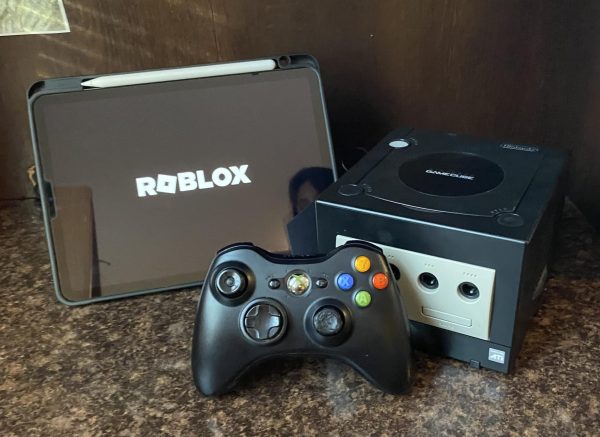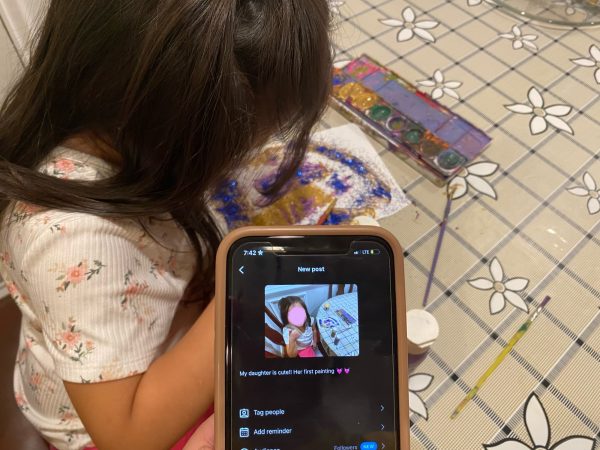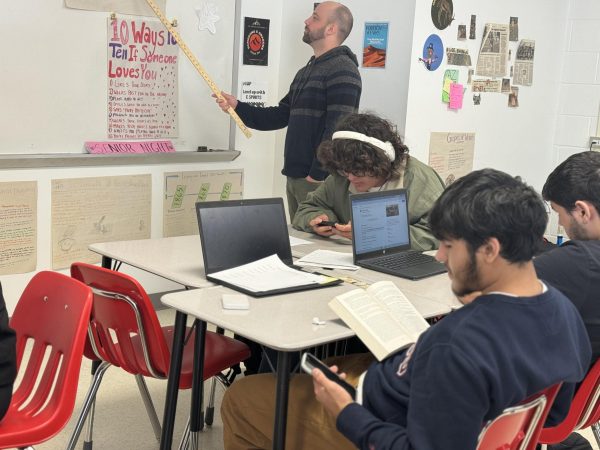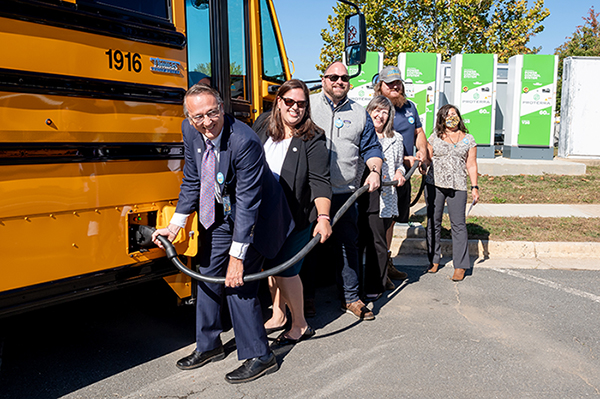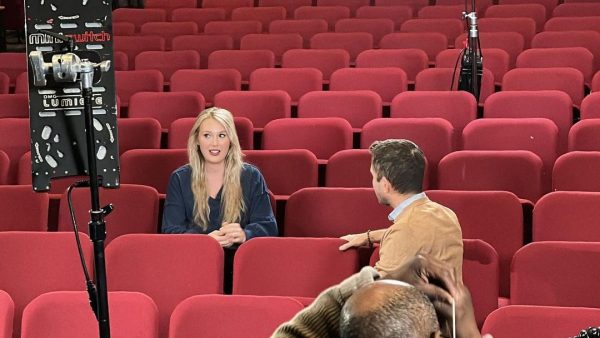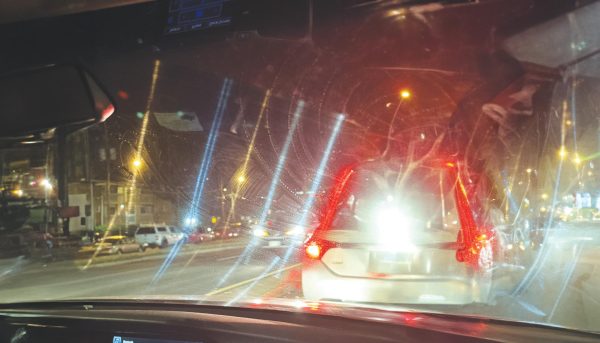AHS helps fight ALS

“I did the challenge because a friend of mine nominated me, I didn’t really know what it all meant,” junior, Ashley Britton said.
Britton and numerous other AHS students have taken part in a new viral sensation that has been taking over all forms of social media for the past few weeks: the ALS ice bucket challenge.
Millions of people around the globe, and hundreds of people in the Annandale community have participated by pouring a bucket of ice cold water over their head and tagging a few of their friends to do it as well. According to its rules, if you do not complete the challenge after 24 hours of being tagged you must donate $100 to the ALS Association. “The water wasn’t too cold because the ice had melted, and I did not donate but I want to encourage others to,” said Britton. The idea behind it is to raise awareness about the disease through social media in order to reach a wider audience.
The ice bucket challenge was first started by a former Boston College baseball player, Pete Frates. Frates was diagnosed with ALS in 2012 at the age of 27. He worked with the ALS Association’s Massachusetts Chapter to make the challenge become popular. He did this by using social media sites such as Facebook, Twitter and Instagram. According to the ALS Association website, the challenge has definitely worked its magic. During 2013 the ALS Association raised only $2.6 million, while in the same amount of time this year the ice bucket challenge has helped them accumulate $88.5 million.
Amyotrophic lateral sclerosis, also known as ALS or Lou Gehrig’s Disease, is a “rapidly progressive, invariably fatal neurological disease” which attacks the neurons that are responsible for controlling muscles . This results in people diagnosed with ALS losing their ability to move their limbs, or even their entire body. Each year, around 5,600 Americans are diagnosed with the disease. 90 to 95 percent of all ALS cases in the U.S. the disease is discovered randomly, while in 5 to 10 percent of cases the disease is inherited.
The first symptoms of Lou Gehrig’s Disease are usually subtle, but the disease quickly transgresses into a debilitating condition. Some of the first signs of ALS are muscle weakness in the hands, arms and legs. As the disease progresses, those suffering from ALS have trouble swallowing, talking or even breathing. Once the illness has severely affected their ability to breathe, patients must be put on a ventilator in order to stay alive. The average life expectancy of a person with ALS is only two to five years after diagnosis.
The success of the challenge, and the money it has raised, will be going towards research so that doctors can better understand every aspect of the disease, and hopefully save thousands of peoples lives by finding a cure.

Cayley is currently a senior at AHS. In the past she has been the Photo Editor, an In-Depth Editor, and is now a Weekend Editor. Cayley is involved in...

AHS senior Alexandra Zernik is the managing editor of The A-Blast. She has been on staff for four years.



